Maintaining tillandsia plants can be rather simple and straightforward.
- When you first bring in your new tillandsia, you need to soak it in water for a good 30 minutes before placing it anywhere. After the little bathtime is over, gently shake your air plant to get rid of excess water; if the foliage is damp, it might have difficulty breathing.
- If the atmosphere is dry, you may have to soak them in a bowl of water for a maximum of two to three hours every two weeks.
- In humid atmospheres, merely spraying the air plants with water at least twice a week, in addition to an occasional bath, will be enough to perk these guys up.
- Air plants normally need bright filtered light; and the higher the levels of indoor humidity, the more light you can provide your tillandsia with.
Despite the wide range of types the tillandsia species offer, the maintenance requirements are more or less the same. However, some types, such as the ones with silvery green leaves, do tolerate more sunlight than others, and can even be kept in a balcony garden or a patio.
As a rule of thumb, air plants can be divided into two main types ─ mesic and xeric. Mesic, meaning middle, refers to the types of air plants that thrive in moderately humid environments, such as jungles. Air plants of this variety are the ones you’d need to water more often.
Xeric, on the other hand, refers to the variety of air plants that prefer dryer environments. Tillandsia of this variety are typically found in deserts and don’t require as much watering. A simple way to differentiate between the two types is by the coloring of the leaves; mesic air plants tend to have dark green leaves whereas the leaves of the xeric air plants are more silvery.
Providing your aerial plants with proper care will be more rewarding than you'd think; a healthy tillandsia will purify the air in your room, removing toxins that might be drifting around.
Displaying Your Air Plants
As for exhibiting your tillandsia, here is where you can truly unleash your creativity because air plants can be attached just about anywhere.
The Mythical Sea Creature
One brilliant idea is to replicate the look of an alien-like sea critter by displaying your tillandsia in conch shells. For its tentacle-like foliage, consider tillandsia bulbosa to maximize the semblance.
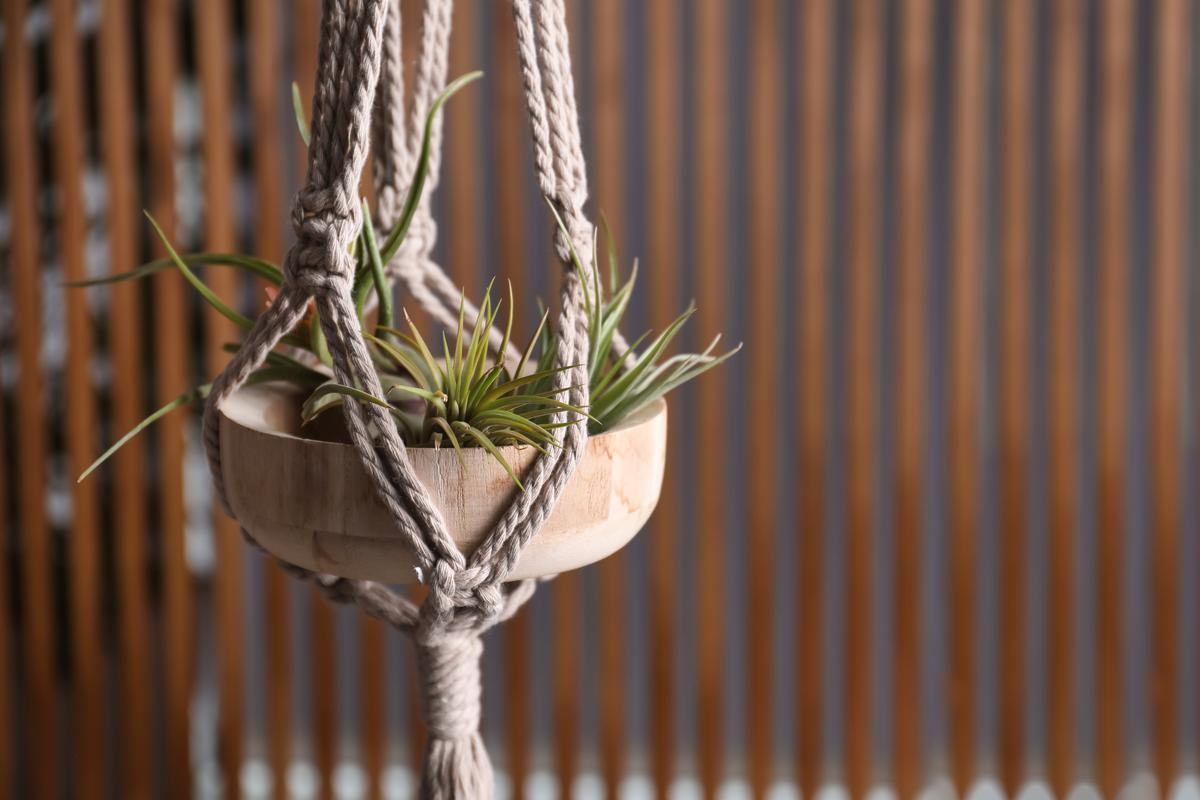
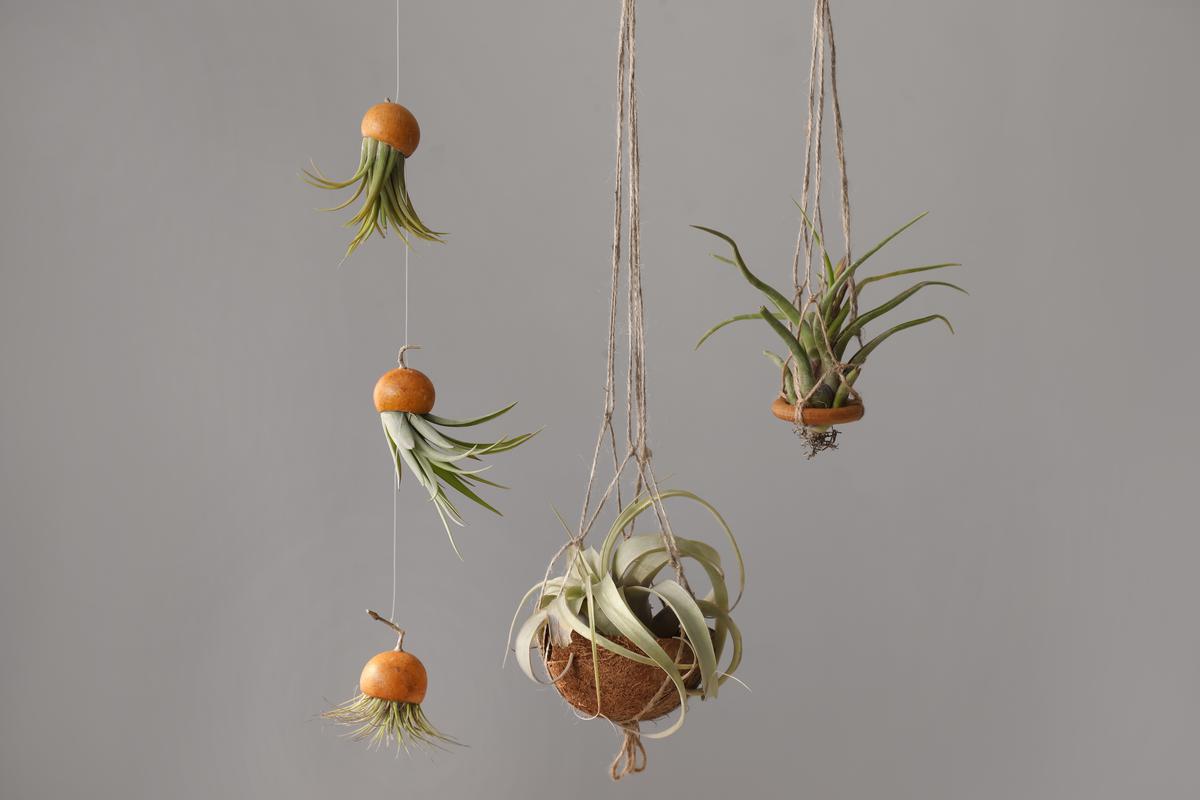

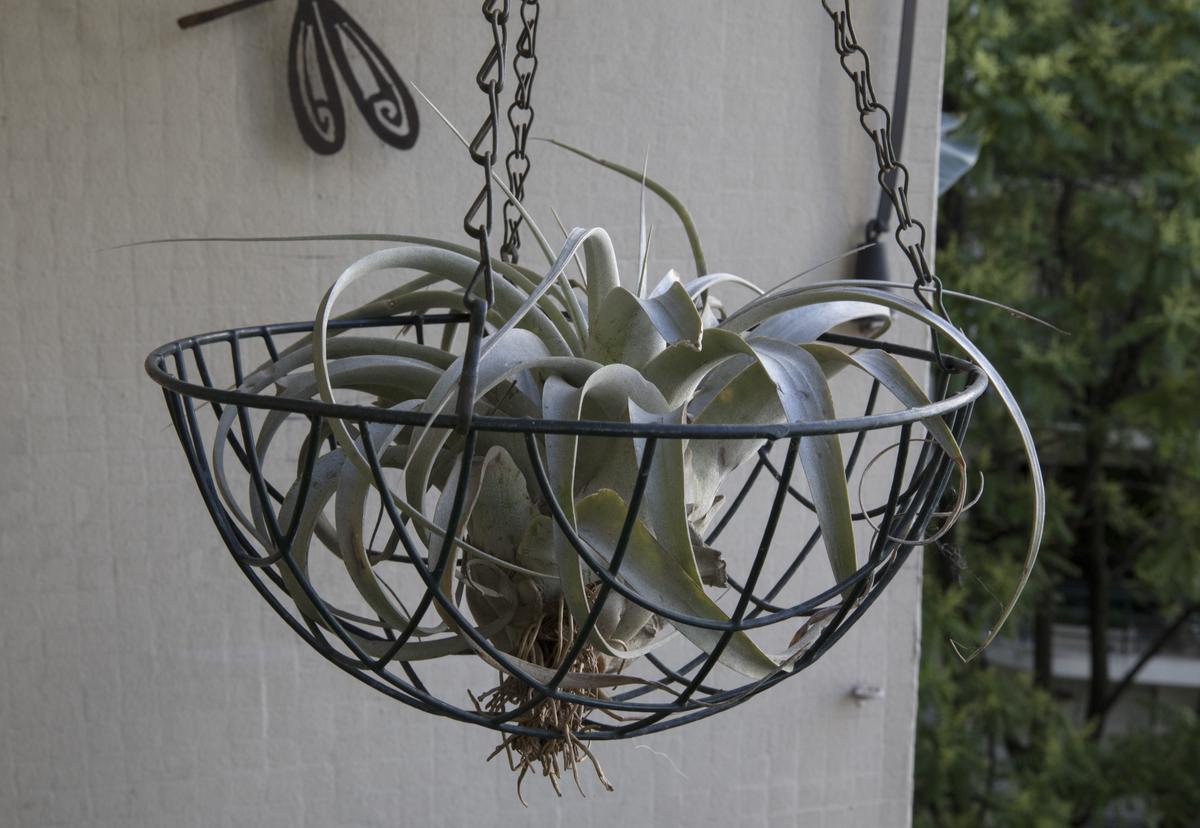
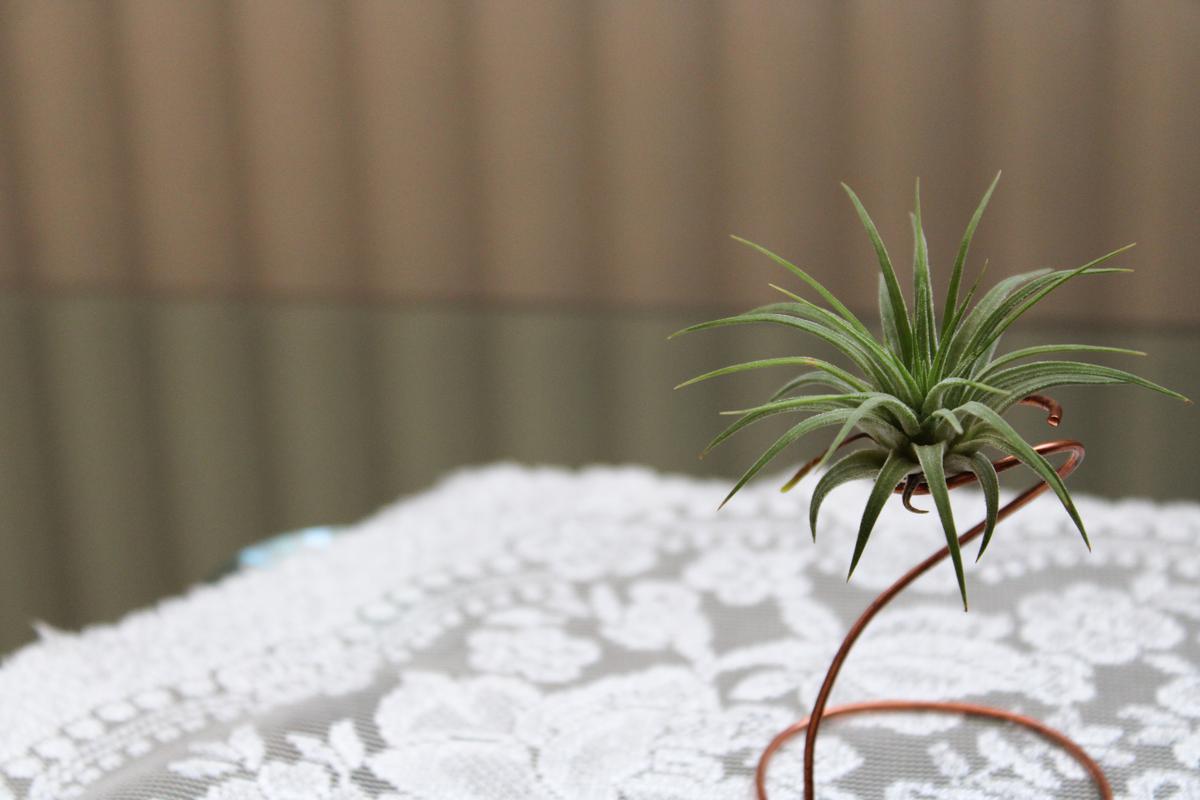
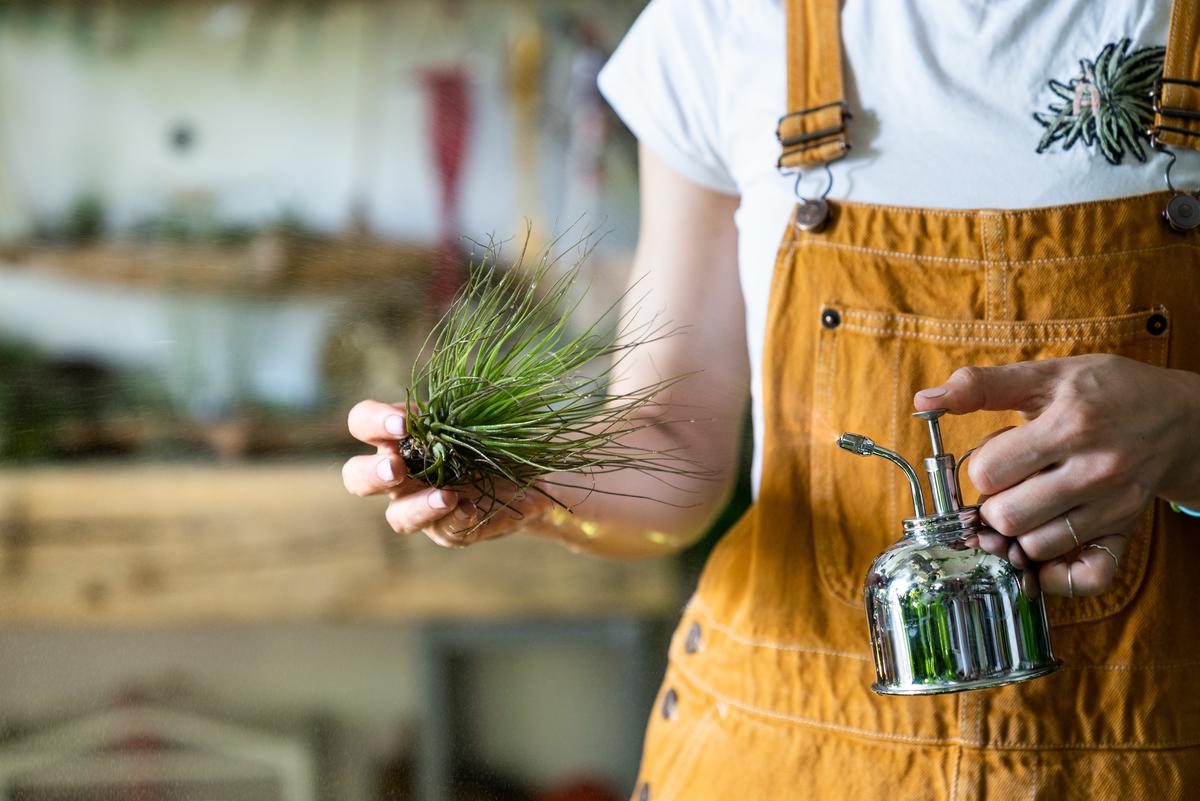
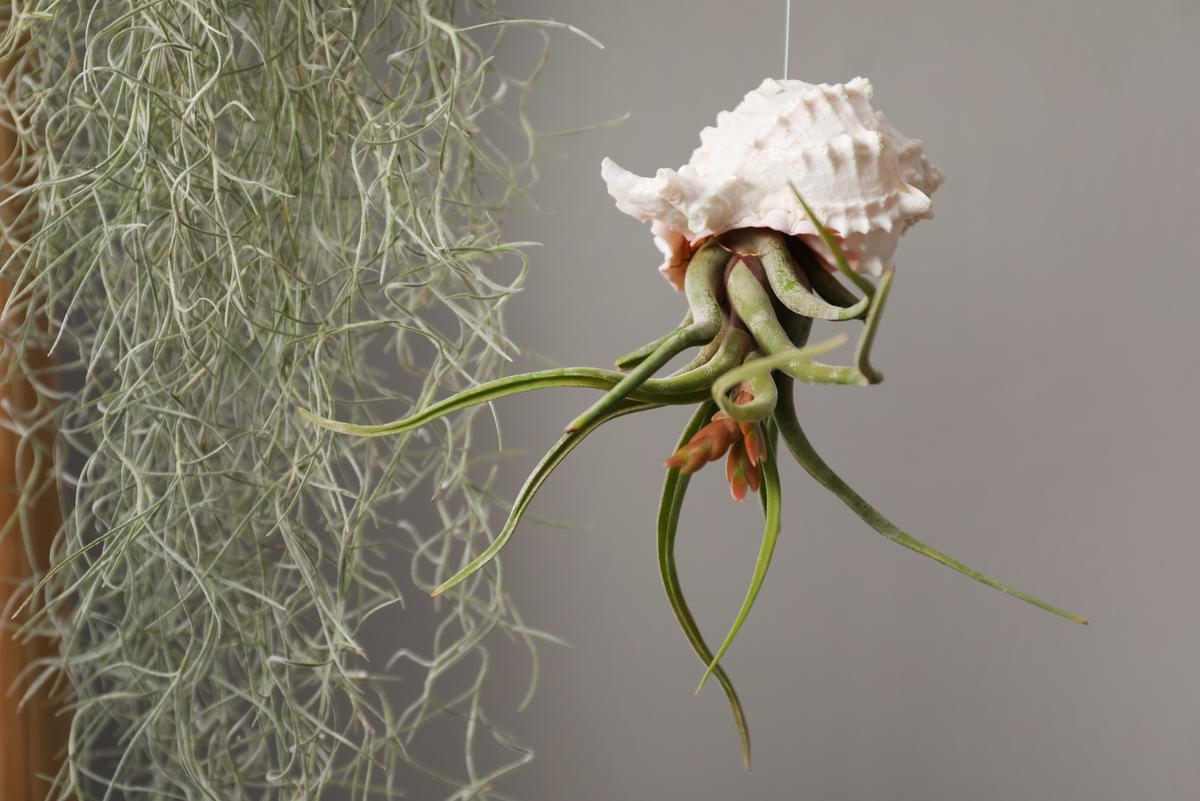
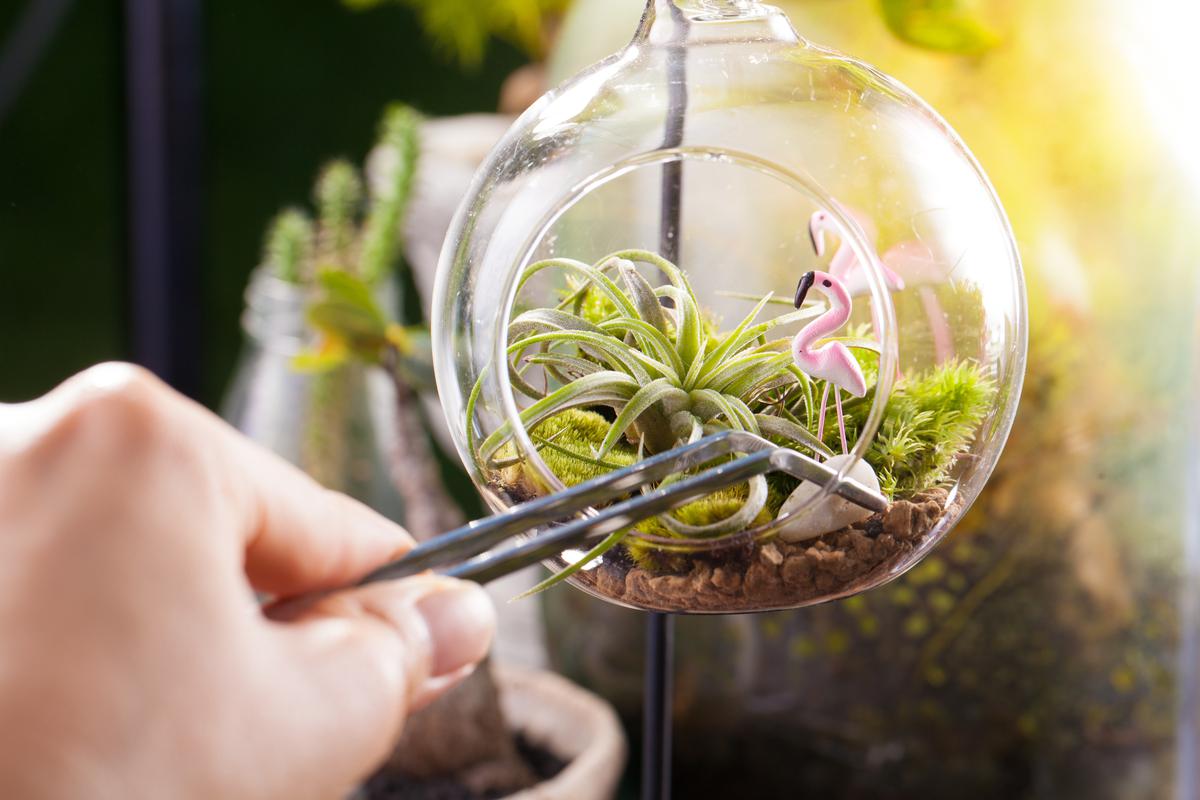
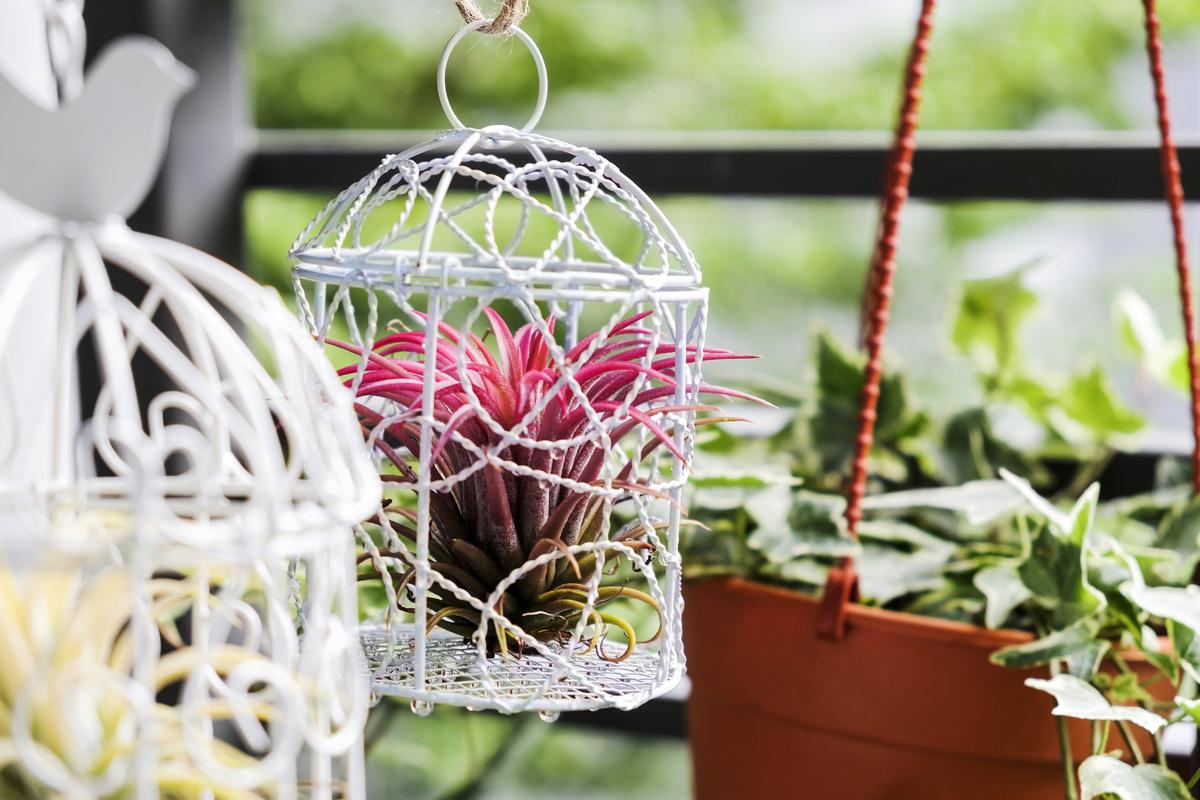
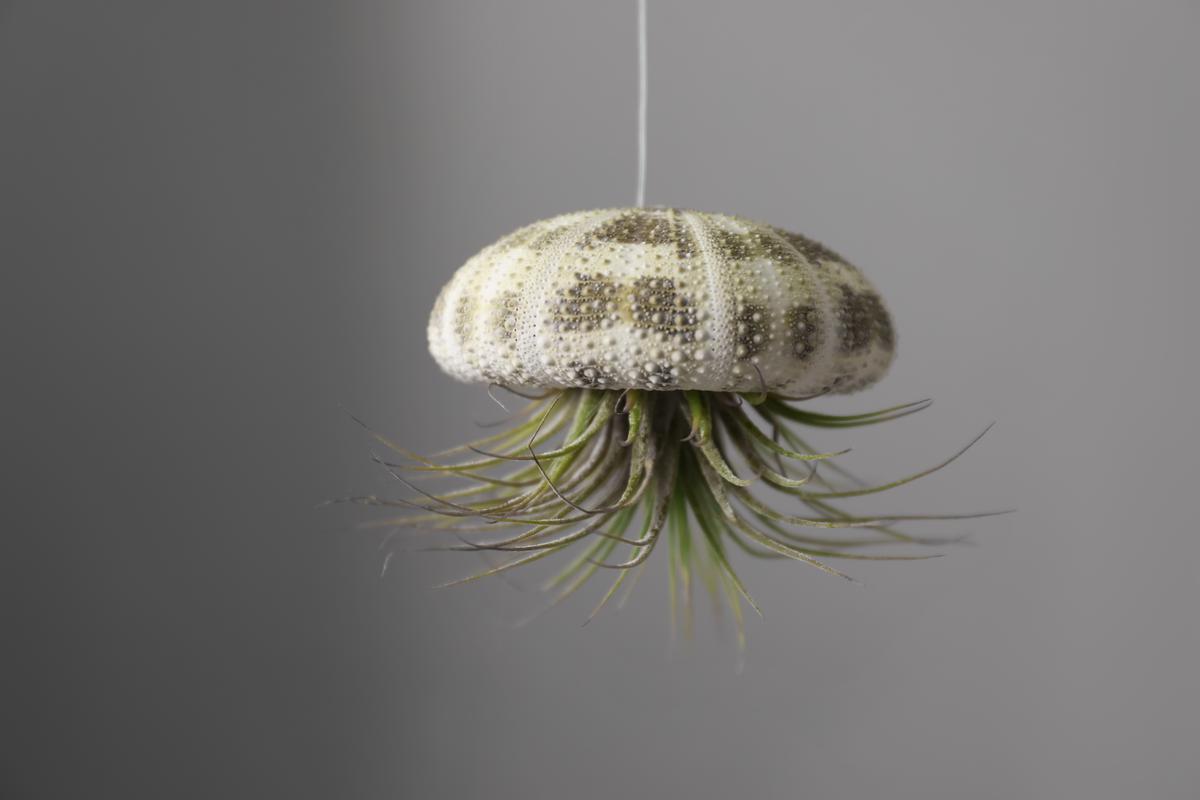
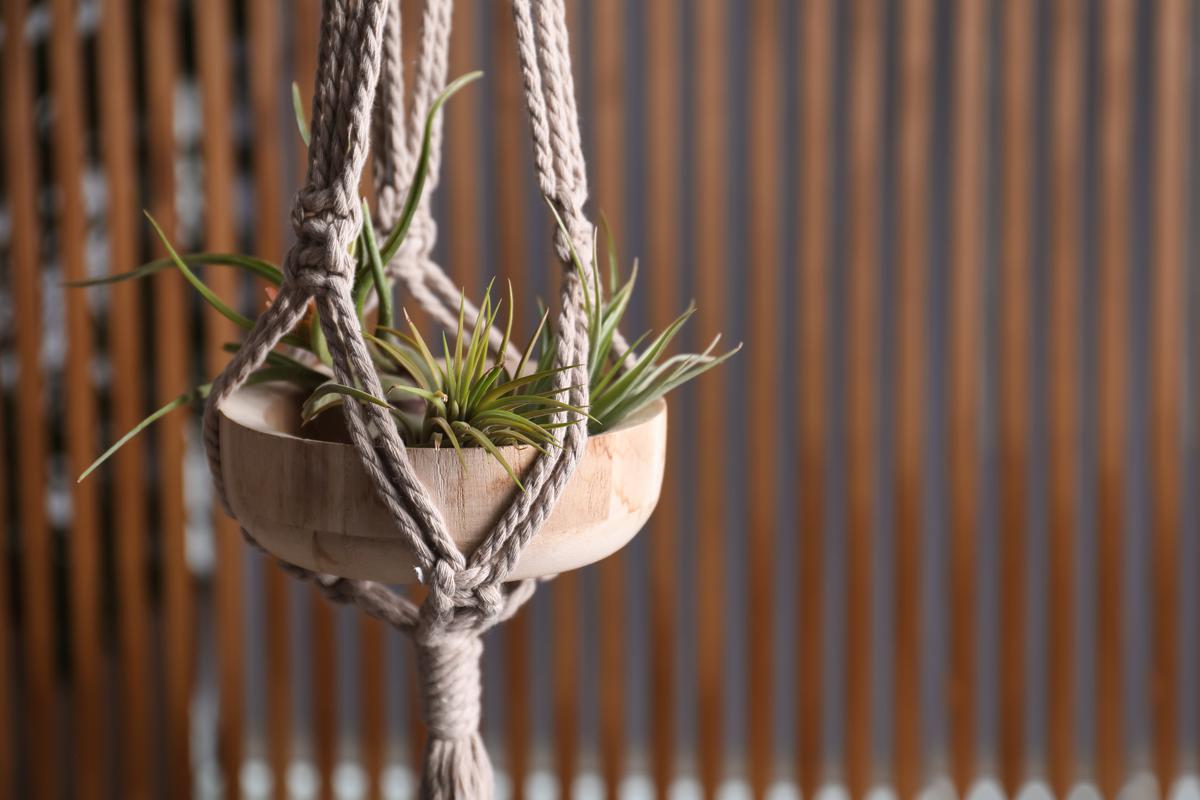
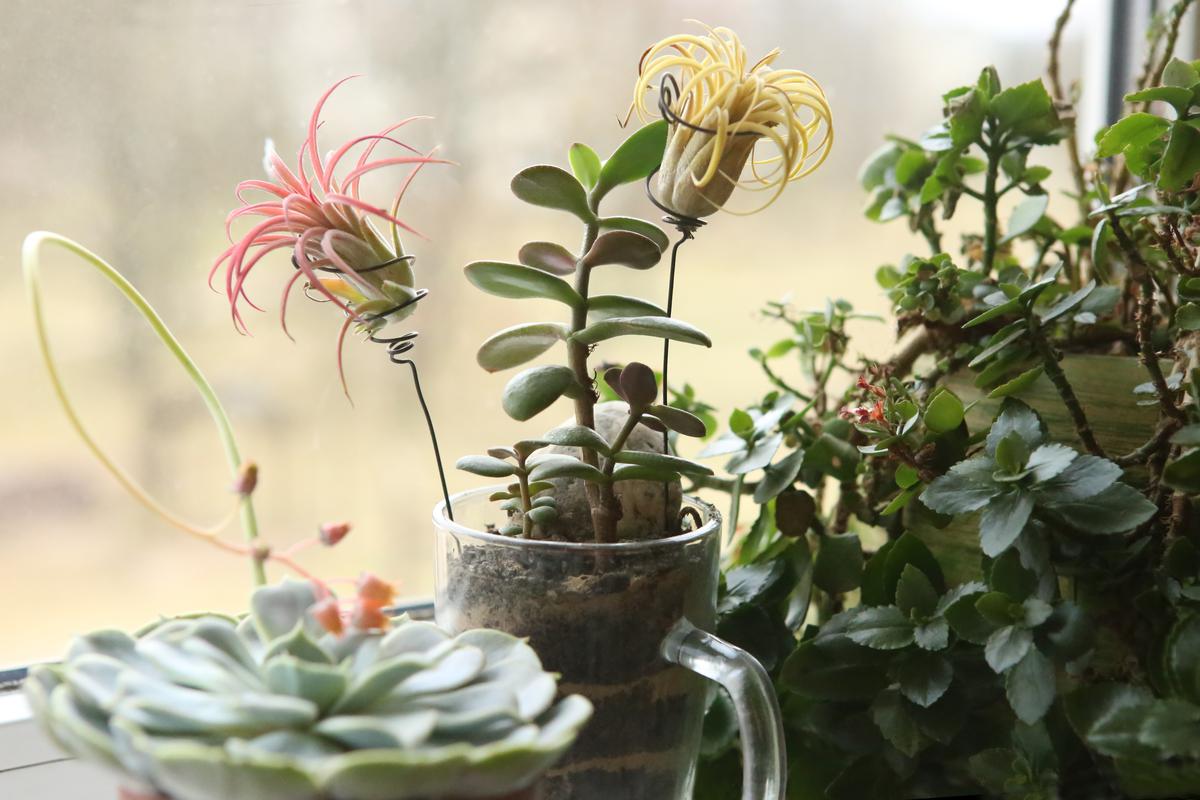
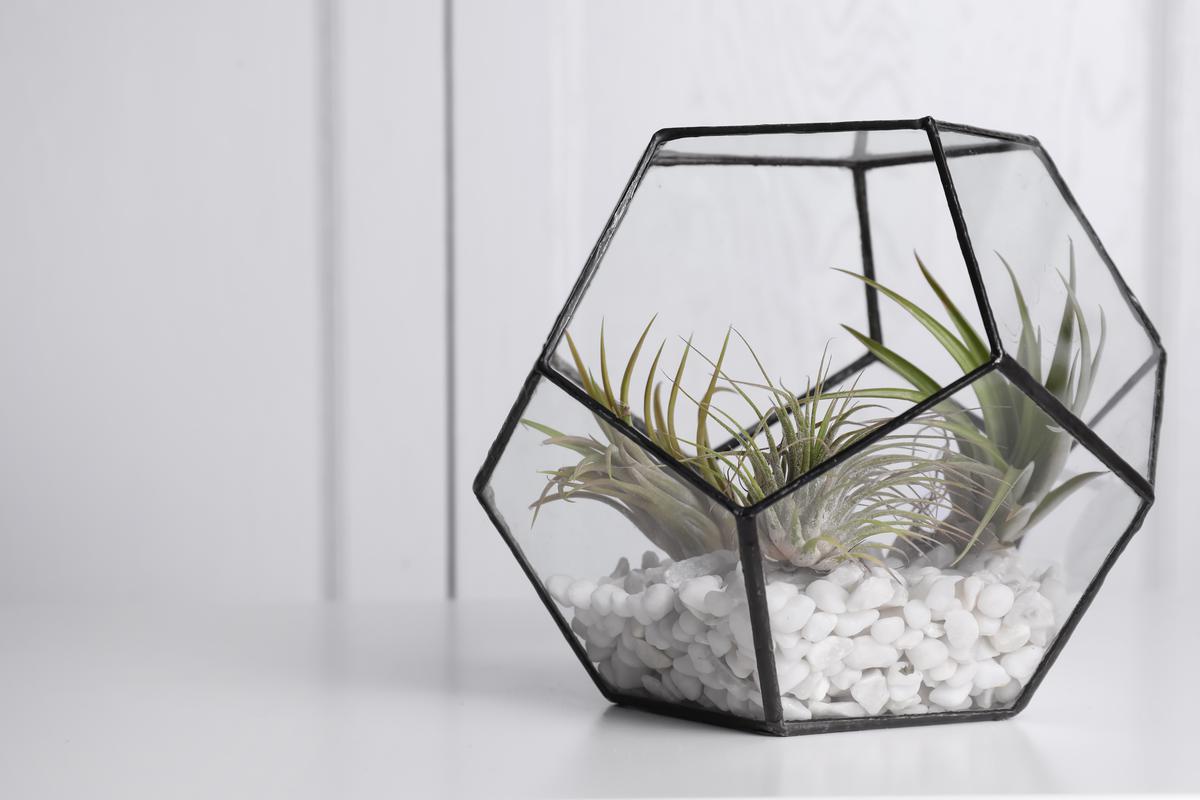
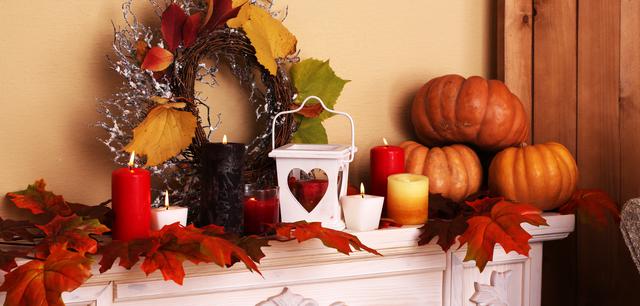

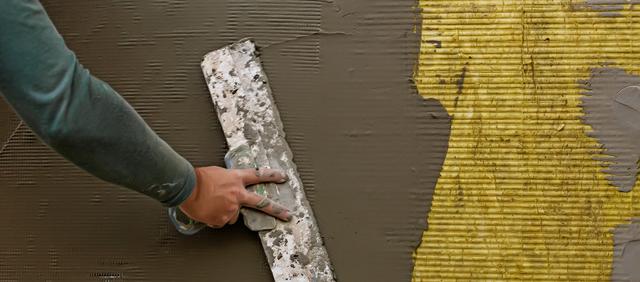

comments